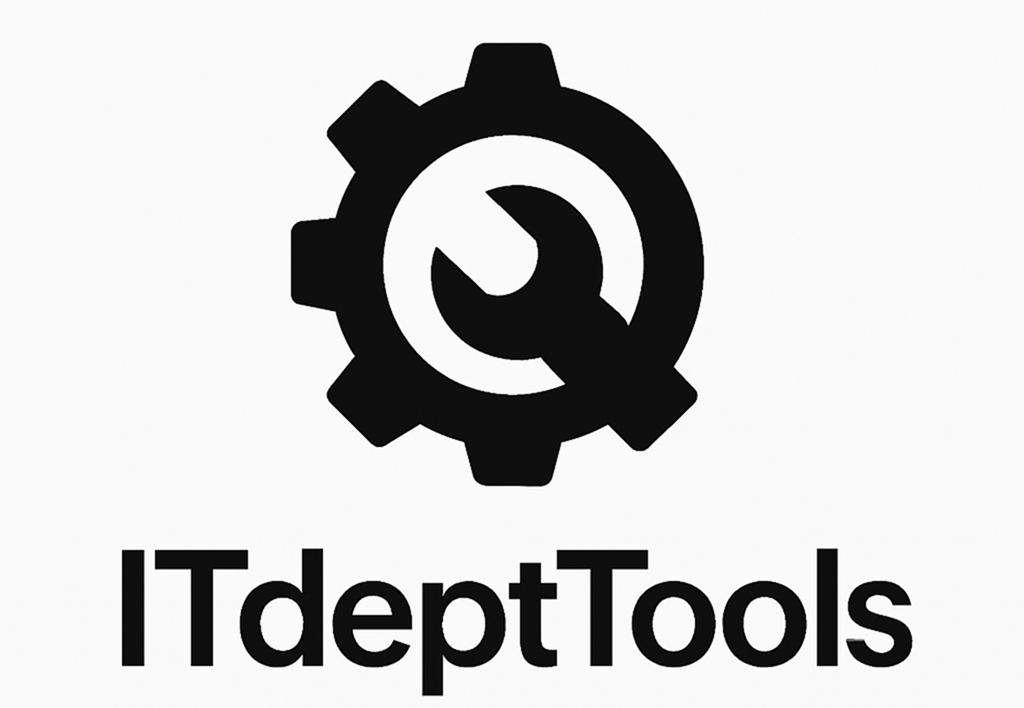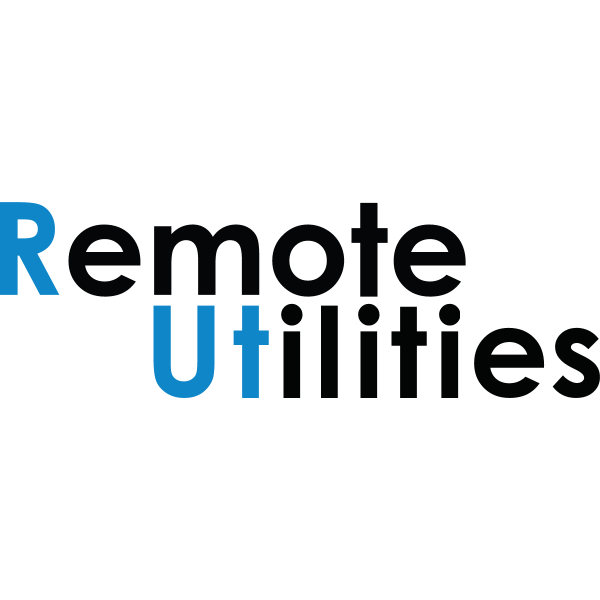Remote Utilities Free: Remote Access That Respects Your Network — and Your Sanity
You know the story. You’ve got ten, maybe fifty Windows machines scattered across a few offices or client sites. Some on VPN, some not. Some are behind NAT, others you can reach directly. You don’t need fancy dashboards or RMM fluff. You just want to connect, take control, and fix things.
That’s where Remote Utilities Free hits the sweet spot.
It’s one of those tools that doesn’t make much noise, but keeps showing up in real-world setups: no cloud lock-in, flexible connection modes (direct, over relay, via ID), silent agent deployment, and enough features to cover the daily grind — without forcing you to “upgrade to Pro” every five minutes.
What It Can Do (Quietly, But Thoroughly)
| Feature | Real-World Use Case |
| Full control + view only | Standard remote desktop, with clipboard and keyboard sync |
| File transfer | Dual-pane file manager — works even when display is off |
| Inventory collection | Gathers system specs, OS version, hostname, user — quick auditing |
| Remote install/update | Pushes agent to target via LAN or script — unattended setup |
| Address book | Keeps a library of saved connections with grouping and credentials |
| NAT traversal | Works via Internet-ID (like AnyDesk or TeamViewer) without open ports |
| Direct LAN mode | Use local IPs or DNS for high-speed access inside networks |
| Portable viewer | Run from USB — no install, no leftovers |
Where It Works Best
Remote Utilities is one of those tools that feels like it was made by admins, for admins. You’ll find it useful if:
– You manage remote workstations behind firewalls or NAT, but can’t always use VPN
– You need to support both on-prem and off-site users — securely, without cloud reliance
– You want silent remote access without prompting the user each time
– You often stage and deploy tools remotely, including full agent setup
– You’re tired of per-device pricing models and just want a license that makes sense
System Requirements
| Component | Requirements |
| OS (Viewer) | Windows 7–11, Windows Server 2008 and up |
| OS (Host) | Same — must match architecture (x86/x64) |
| Memory | 512MB+ |
| Disk | ~50MB per component; logs grow depending on usage |
| Network | Works via direct IP, DNS, or Remote Utilities relay servers |
| Admin Rights | Required for host install or service-level features |
Quick Setup: Viewer + Agent Deployment Over LAN
- Download viewer and host
Get both from https://www.remoteutilities.com. No email required.2. Install the host on target machines
– Use silent install or the MSI config tool
– Set access password, ID, or link to your address book3. Launch the viewer
– Create a new connection manually or via host discovery
– Test connection using direct IP or Internet-ID depending on setup4. Set up access permissions
– Enable full control, file transfer, inventory, chat, etc.
– Customize keyboard input, session settings5. Optional: assign to a central address book
– Makes repeat access smoother
– Can be synced across admins if using shared config
Strengths and Caveats
Why people keep using it:
– Internet-ID mode works even when you can’t touch the network
– Silent agent installs save time in remote rollouts
– Portable viewer is great for IT-on-the-go
– Doesn’t nag you constantly to upgrade — free version is actually usable
What to keep in mind:
– Max 10 endpoints in the free edition (still useful for SOHO/small offices)
– UI feels a bit old-school, though stable
– No native Linux or macOS support on host side
– Relay servers are hosted by vendor — sensitive installs may prefer self-hosted option (available in paid tiers)
Final Word
Remote Utilities Free is what you throw on your flash drive when you’re setting up remote access and don’t want surprises. It works on LAN. It works over the internet. It installs quietly. And most importantly — it doesn’t get in the way. For sysadmins juggling fragmented infrastructure, or just looking for a reliable “connect and control” tool that doesn’t call home every five minutes, it’s a solid pick.







